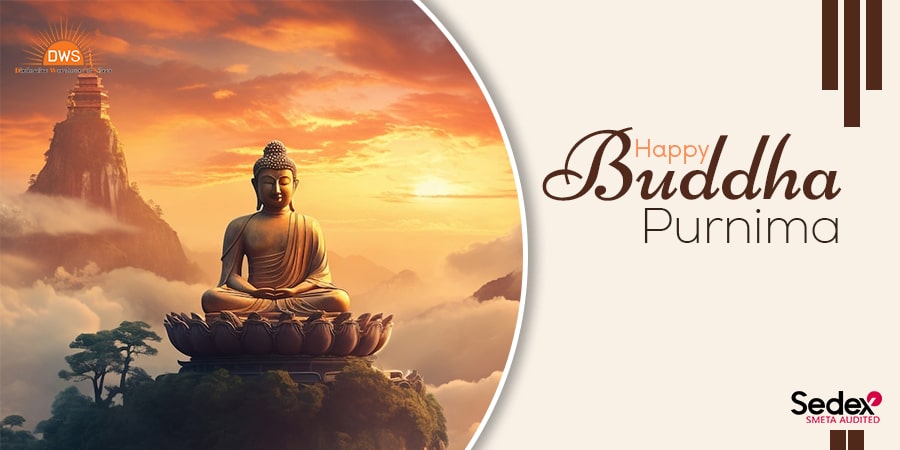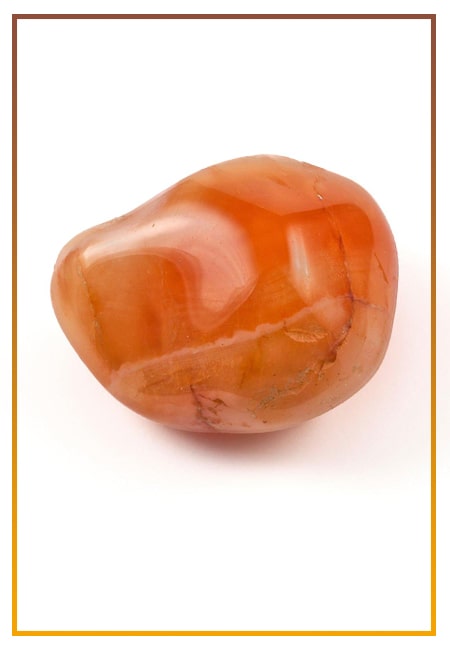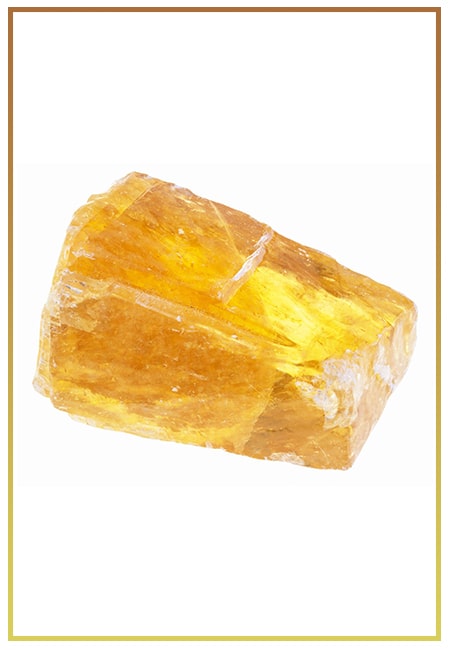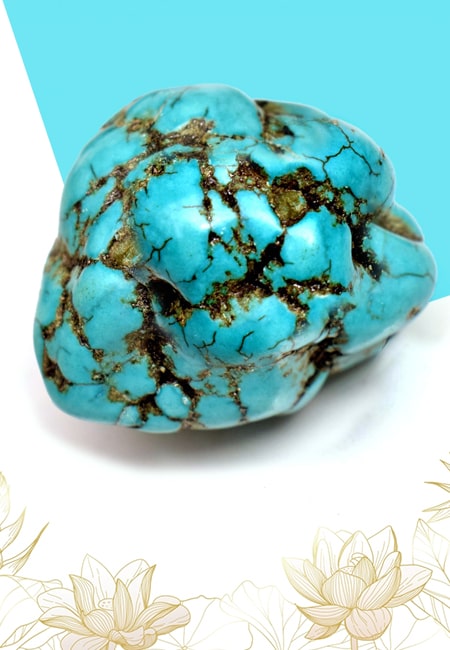- Written By Team DWS
- Festivals
- April 27, 2025
How to Observe Buddha Purnima: Rituals, Traditions, and Customs
Buddha Purnima, also known as Buddha Jayanti, is a significant religious festival celebrated by millions around the world, particularly by Buddhists, to honor the birth, enlightenment, and death of Gautama Buddha. This day typically falls on the full moon day in the month of Vesak, which corresponds to April or May in the Gregorian calendar. Celebrating Buddha Purnima is a way to cultivate spirituality, reflect on Buddha's teachings, and promote peace and compassion. Below, we explore the rituals, traditions, and customs that characterize this sacred day.

Understanding the Significance of Buddha Purnima
Before delving into the practices associated with Buddha Purnima, it's essential to acknowledge its significance. Gautama Buddha, the founder of Buddhism, is revered for his comprehensive teachings on mindfulness, compassion, and the path to enlightenment. This day not only marks the anniversary of his birth but also symbolizes his enlightenment under the Bodhi tree and his passing into Nirvana. Observing Buddha Purnima serves as an opportunity for devotees and individuals alike to reflect on the ethical and philosophical lessons imparted by Buddha.
Rituals and Practices
Visiting Temples
One of the most common practices on Buddha Purnima is visiting local Buddhist temples. Temples are decorated with flowers, lights, and colorful flags to create a festive atmosphere. Devotees engage in the following activities during their visits:
- Offering Flowers and Candles: Devotees often offer fresh flowers, candles, and incense at the feet of the Buddha statues as a sign of respect and devotion. These offerings symbolize the impermanence of life and serve as a reminder to practice mindfulness.
- Meditation: Many temples host guided meditation sessions during Buddha Purnima. This is an excellent opportunity for practitioners to meditate on the Four Noble Truths and the Eightfold Path, fundamental teachings of Buddhism that encourage the cessation of suffering.
- Listening to Sermons: Temples frequently conduct discourses on the teachings of Buddha. Attending these sermons allows individuals to deepen their understanding of Buddhist philosophy and engage in discussions about applying these principles to daily life.
Engaging in Acts of Kindness
On this auspicious day, many individuals and communities emphasize acts of kindness and charity. Whether it's donating food, clothing, or funds to local charities or simply helping someone in need, engaging in generous deeds is central to the spirit of Buddha Purnima. According to Buddhist teachings, making merit through altruism and selflessness brings peace and goodwill.
Participating in Candlelight Processions
Candlelight processions are an integral part of Buddha Purnima celebrations in various cultures. Participants carry candles and walk in a serene manner, often chanting Buddhist mantras and prayers. This procession symbolizes the light of knowledge dispelling the darkness of ignorance, a central tenet of Buddha's teachings. Community members, including young and old, gather to partake in this spiritual journey, reinforcing bonds of unity and compassion.
Observing Mindfulness and Meditation
Buddha Purnima also serves as a reminder to incorporate mindfulness and meditation into daily life. Many people choose to spend the day in quiet contemplation, reflecting on their intentions and the teachings of Buddha. Setting aside time for personal meditation can enhance your spiritual practice, allowing you to cultivate inner peace and awareness.
Customs and Traditions
Fasting and Purification
Some devotees may choose to observe fasting on Buddha Purnima as a form of purification. This act not only symbolizes humility but also promotes self-discipline and mindfulness about one's consumption habits. Others engage in a day of vegetarianism, abstaining from meat as an expression of compassion towards all living beings.
Reading Buddhist Texts
Many families dedicate time to read and discuss sacred Buddhist texts, such as the Dhammapada or the Sutras. Engaging in these texts fosters a better understanding of Buddhist philosophies and encourages meaningful discussions about their application in everyday life.
Sharing Wisdom and Teaching
In Buddhist communities, sharing knowledge is a vital tradition on Buddha Purnima. Elders and experienced practitioners take the opportunity to teach the younger generation about the values and ethics that Buddha espoused. This transmission of wisdom helps ensure that Buddha's teachings continue to inspire future generations.
Conclusion
Buddha Purnima is a day filled with spiritual significance, reflection, and communal harmony. Whether through acts of kindness, attending temple services, engaging in meditation, or sharing teachings, the essence of this day lies in honoring the life and lessons of Gautama Buddha. By embracing these rituals, traditions, and customs, we not only celebrate Buddha’s legacy but also take deliberate steps toward cultivating compassion, mindfulness, and peace in our lives and communities. As you observe Buddha Purnima, may you find inspiration in the teachings of the Buddha and strive to embody his principles in your everyday actions. Let this day be a reminder to cultivate inner peace, extend kindness to all beings, and navigate the complexities of life with wisdom and understanding. In doing so, we contribute to a world that reflects the harmony and interconnectedness that the Buddha emphasized, fostering an environment where love, respect, and compassion can flourish.

Buddha Purnima - Vesak FAQs
Certainly! Here are some frequently asked questions (FAQs) about Buddha Purnima, also known as Vesak:
1. What is Buddha Purnima (Vesak)?
Buddha Purnima, also known as Vesak, is a significant Buddhist festival that commemorates the birth, enlightenment, and death (Parinirvana) of Siddhartha Gautama, who became the Buddha. It is celebrated on the full moon day in the month of Vaisakha (April-May) in the lunar calendar.
2. When is Buddha Purnima celebrated?
The date of Buddha Purnima varies each year as it is based on the lunar calendar. Generally, it falls in April or May. In 2025, it will be celebrated on May 12th, but it's best to check local calendars for specific dates.
3. How is Buddha Purnima celebrated?
Celebrations often include:
- Visiting temples and participating in prayers and meditation.
- Making offerings to the Buddha, including flowers, incense, and candles.
- Engaging in acts of charity and kindness.
- Listening to sermons and teachings about Buddhism.
- Observing moral precepts such as non-violence and compassion.
4. What are some traditional practices associated with Buddha Purnima?
Traditional practices include:
- Lighting lamps or candles to symbolize enlightenment.
- Offering food, clothing, and other necessities to monks and the less fortunate.
- Reciting Buddhist scriptures and chanting.
- Participating in community services and meditation sessions.
5. Is Buddha Purnima a public holiday?
In many countries with significant Buddhist populations, Buddha Purnima is observed as a public holiday. For example, it is recognized in countries like India, Sri Lanka, Nepal, Thailand, and Cambodia. However, the observance and significance can vary by region.
6. What is the significance of the lotus flower during Buddha Purnima?
The lotus flower is a powerful symbol in Buddhism, representing purity, enlightenment, and the potential for spiritual awakening. It grows in muddy water, yet rises above to bloom beautifully, akin to the journey of the Buddha from ignorance to enlightenment.
7. Are there specific rituals conducted on Buddha Purnima?
Yes, specific rituals may include:
- Ritual bathing of the Buddha statue (Buddha day bath).
- Offering fruits, flowers, and incense.
- Decorating temples and homes with colored lights and banners.
- Group meditation sessions.
8. What teachings of the Buddha are particularly emphasized on this day?
On Buddha Purnima, Buddhists reflect on the core teachings of the Buddha, including the Four Noble Truths and the Eightfold Path, focusing on the importance of mindfulness, compassion, and the pursuit of enlightenment.
9. How do different cultures celebrate Buddha Purnima?
Celebrations vary by culture. For instance:
- In Thailand, it is common to participate in water-pouring ceremonies and candle-lit processions.
- In Sri Lanka, devotees participate in all-night religious celebrations, offering food and other gifts to monks.
- In Nepal, people visit Lumbini, the birthplace of the Buddha, for pilgrimage and special rites.
10. Can non-Buddhists participate in Buddha Purnima celebrations?
Absolutely! While the festival has deep religious significance, many temples and communities welcome non-Buddhists to participate in celebrations and learn about Buddha’s teachings.
---
Feel free to ask if you have any more specific questions or need further information!
Popular on Blogs

Black Tourmaline: Meaning, Healing Properties, Fascinating Facts, Powerful Attributes, Versatile Uses, and Beyond
September 05, 2023 / BY Team DWS
Black Tourmaline, also known as Schorl, is a highly revered crystal with incredible metaphysical properties. It derives its name from the Dutch word "turamali," meaning "stone with ..

Carnelian Stone: Meaning, Healing Properties, Power, Facts, Color, Uses and More
December 26, 2023 / BY Team DWS
Carnelian is a vibrant and captivating gemstone that holds a plethora of meanings, healing properties, and powers. Its warm and fiery energy makes it a popular choice among crystal ..

Citrine: Exploring its Meaning, Healing Properties, Fascinating Facts, Powers, Versatile Uses, and Much More
November 18, 2023 / BY Team DWS
Citrine, with its warm golden hues, has captured the attention and imagination of people for centuries. This beautiful gemstone, commonly associated with wealth and prosperity, hol ..

Black Onyx: Unveiling the Meaning, Healing Properties, Fascinating Facts, Powerful Attributes, Versatile Uses, and Beyond
July 25, 2023 / BY Team DWS
Black Onyx, a striking gemstone admired for its deep black hue and elegant appearance, has captivated people for centuries. In this comprehensive guide, we will delve into the mean ..

Unveiling the Mysteries of Turquoise Stone: Exploring its Meaning, Healing Properties, Power, Facts, Color, Uses, and More
December 05, 2023 / BY Team DWS
Turquoise, with its captivating blue-green hue, has been adorning jewelry and artifacts for centuries. This striking stone has a rich history, rich symbolism, and a plethora of int ..

The History Behind The Popularity of Red Agate
December 23, 2022 / BY Team DWS
An Agate is a type of magma rock that takes many years till it is washed out naturally into the water. And that is the reason this stone has elements of water. This beautiful stone ..

Bloodstone: Unveiling the Meaning, Healing Properties, Facts, Powers, Uses, and More
August 21, 2023 / BY Team DWS
Bloodstone, with its captivating deep green color with specks of red, is a mesmerizing gemstone that has fascinated civilizations for centuries. It possesses unique healing propert ..

Plan a Perfect Valentine's Week with Our Valentine Week List 2025
January 22, 2024 / BY Team DWS
Valentine's Day is undoubtedly the most romantic day of the year, but we believe that one day is just not enough to express your love and make your partner feel special. That's why ..


